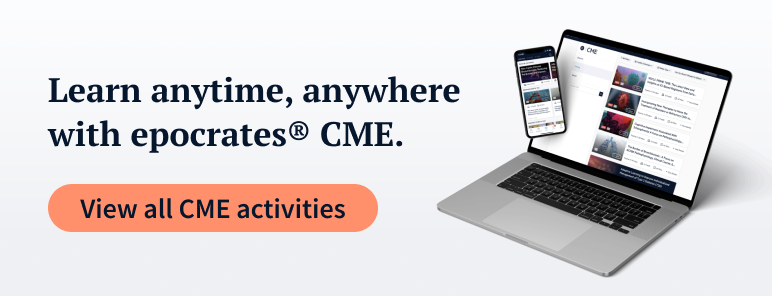
JAMA Pediatr
EEG monitoring reduces pediatric anesthesia emergence delirium
April 24, 2025

Study details: This single-center, parallel-group, 2-arm randomized trial was conducted at an academic tertiary pediatric hospital in Japan from October 2021 to March 2023. It included 177 children aged 1 to <6 years undergoing general anesthesia. The study compared EEG-guided titration of sevoflurane anesthesia to standard 1.0-MAC sevoflurane anesthesia.
Results: The EEG-guided group (91 participants) had reduced sevoflurane exposure by 1.4 MAC-hours and a lower incidence of pediatric anesthesia emergence delirium (PAED) (21%) compared with the control group (86 participants, 35%). Additionally, the EEG-guided group emerged from anesthesia 21.4 minutes earlier and spent 16.5 minutes less in the postanesthesia care unit.
Clinical impact: EEG-guided anesthesia management significantly reduces sevoflurane exposure and the incidence of PAED, leading to faster recovery times. This suggests that routine use of high concentrations of sevoflurane may be excessive and that EEG monitoring can enhance pediatric anesthesia safety and efficiency.
Source:
Miyasaka KW, et al. (2025, April 21). JAMA Pediatr. EEG-Guided Titration of Sevoflurane and Pediatric Anesthesia Emergence Delirium: A Randomized Clinical Trial. https://pubmed.ncbi.nlm.nih.gov/40257811/

TRENDING THIS WEEK






